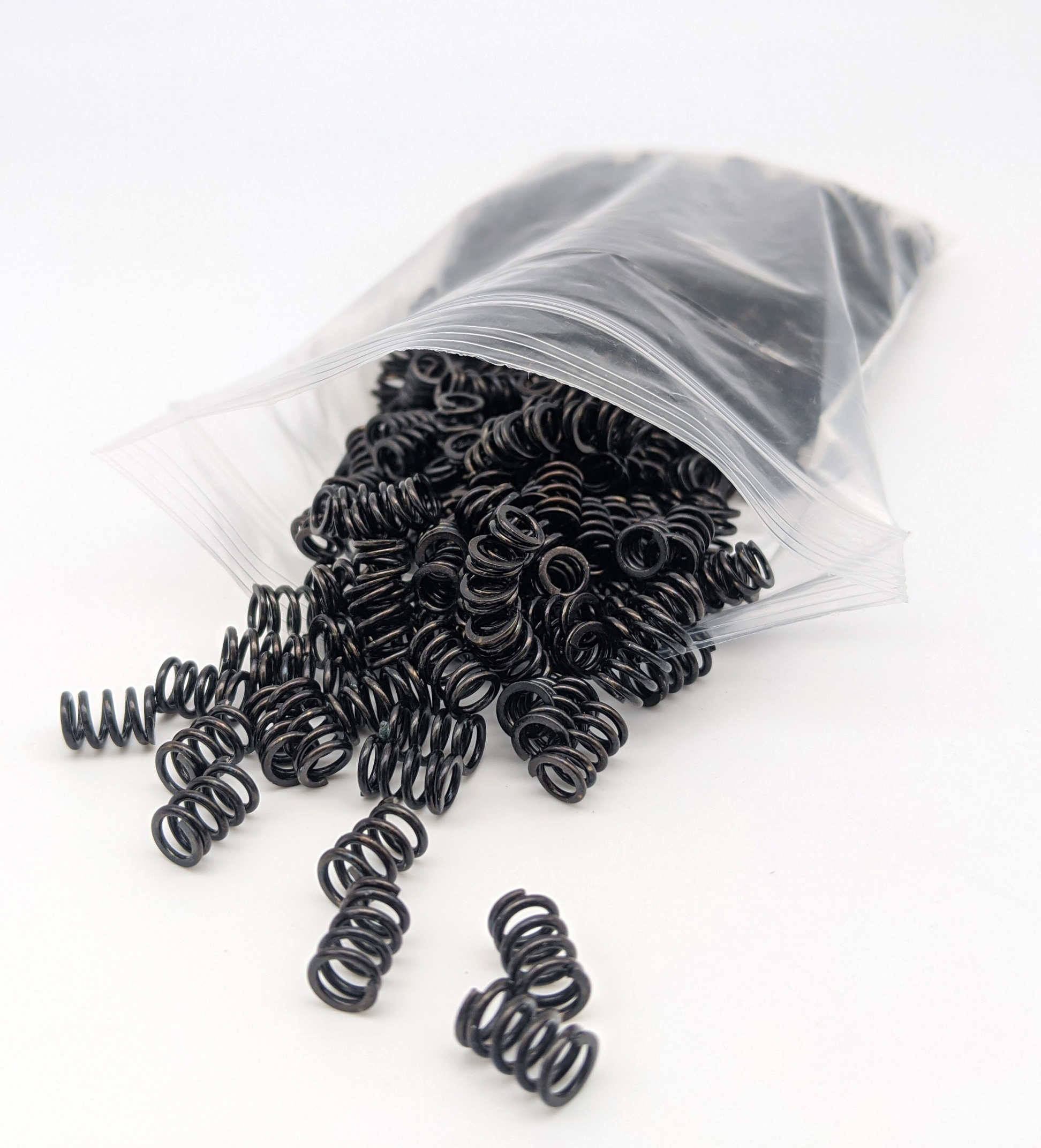Get unique, complex parts easily. No matter your requirements, Chaoyi Spring creates hard-to-produce coil springs and wire forms.
Let us help you create the custom wire form you need, from S-hooks and J-hooks to utility hooks and more.
We work closely with customers across a wide range of industries, helping them design and manufacture made-to-order parts.
Why choose Chaoyi Spring? We prioritize customer-focused collaboration, modern equipment and the latest technology to make your parts per print.
Find the information and guidance you need, from measuring a spring to learning about materials, placing an order and much more.
A garage door's tension springs are responsible for lifting and lowering the door, and over time, they can weaken and break. If you're noticing your garage door struggling to open


A garage door's tension springs are responsible for lifting and lowering the door, and over time, they can weaken and break. If you're noticing your garage door struggling to open or close, or if you hear loud noises coming from the springs, it's time to replace them. While this may seem like a daunting task, changing garage door tension springs is actually a DIY project that many homeowners can tackle with the right tools and instructions. In this guide, we'll provide you with a step-by-step breakdown of the process, covering safety precautions, necessary tools, and common troubleshooting tips.

Garage door tension springs are incredibly powerful components that store and release energy to help your door open and close smoothly. They're typically located above the door, on either side of the track. These springs are under extreme tension, so it's crucial to understand the risks involved before attempting any repairs. Improper handling can lead to serious injuries.
Here's why it's important to change worn-out tension springs:
Changing garage door tension springs is no joke. You're dealing with a system under immense pressure. Here's how to prioritize safety:
Now let's dive into the actual replacement process. Here's a detailed breakdown:
Even with careful preparation and following the steps, you might encounter some issues. Here are some common troubleshooting tips:
While replacing garage door tension springs might seem like a DIY project, it's important to know when to call a professional. Here are some instances when seeking expert help is essential:
Replacing garage door tension springs is a challenging but achievable task for some DIYers. By prioritizing safety, using the correct tools, and carefully following the steps, you can potentially save money and complete the job yourself. However, remember that working with high-tension springs is inherently risky. If you're unsure or feel uncomfortable, don't hesitate to contact a professional garage door technician. Their expertise can ensure a safe and successful repair.
Remember, safety should always be your top priority. If you have any doubts or concerns, it's better to err on the side of caution and seek professional help. Changing garage door tension springs can be a rewarding DIY project, but only if you approach it with the right preparation and respect for the potential hazards involved.
Browse some of the custom wire forms and springs that we manufacture. Don’t see what you need? We specialize in made-to-order products that meet your application requirements.
Visit Our GalleryNeed a custom wire form or coil spring? We make it work. Fill out the contact form and a representative will respond within 1 business day. If you have a PDF or CAD file, you can submit to request a quote.